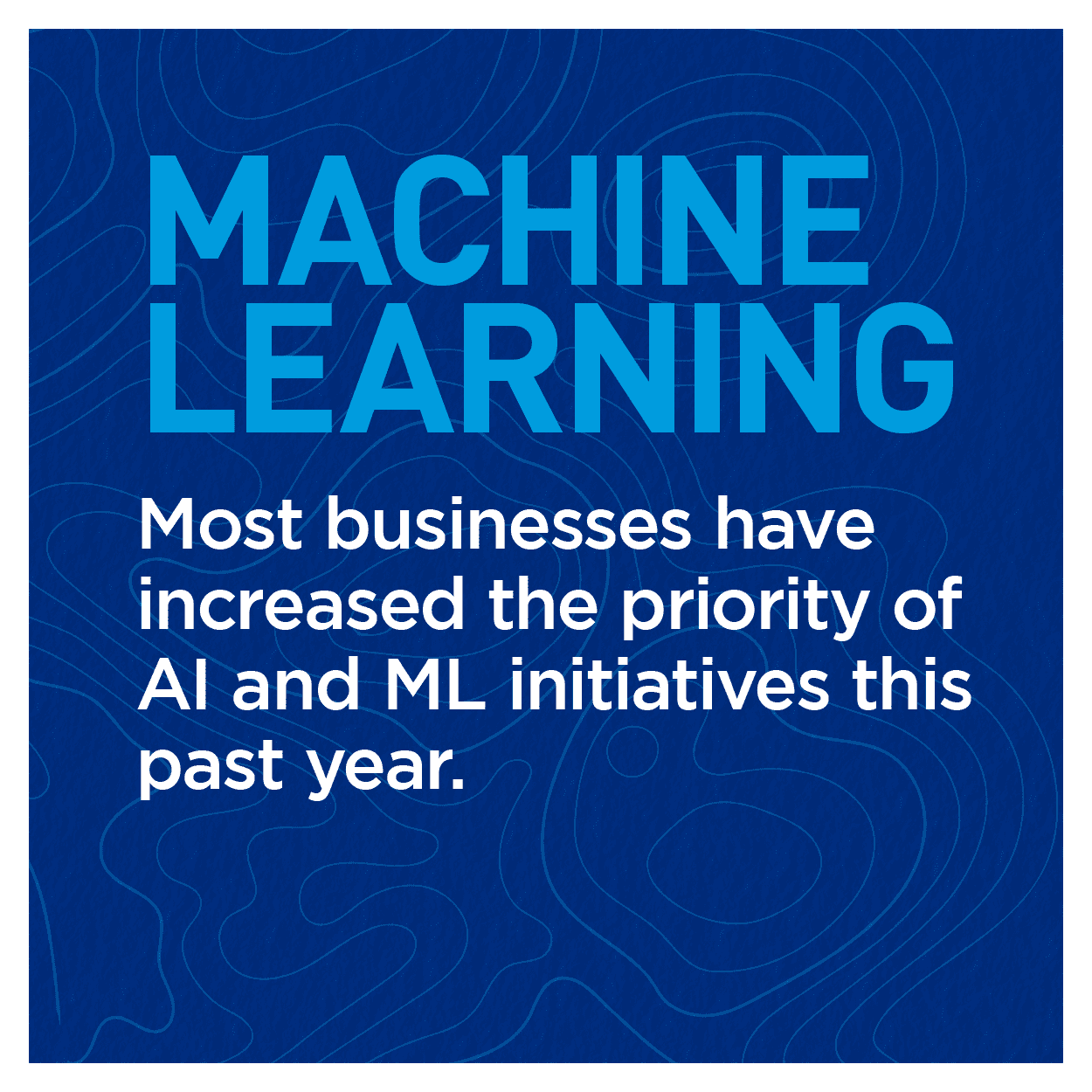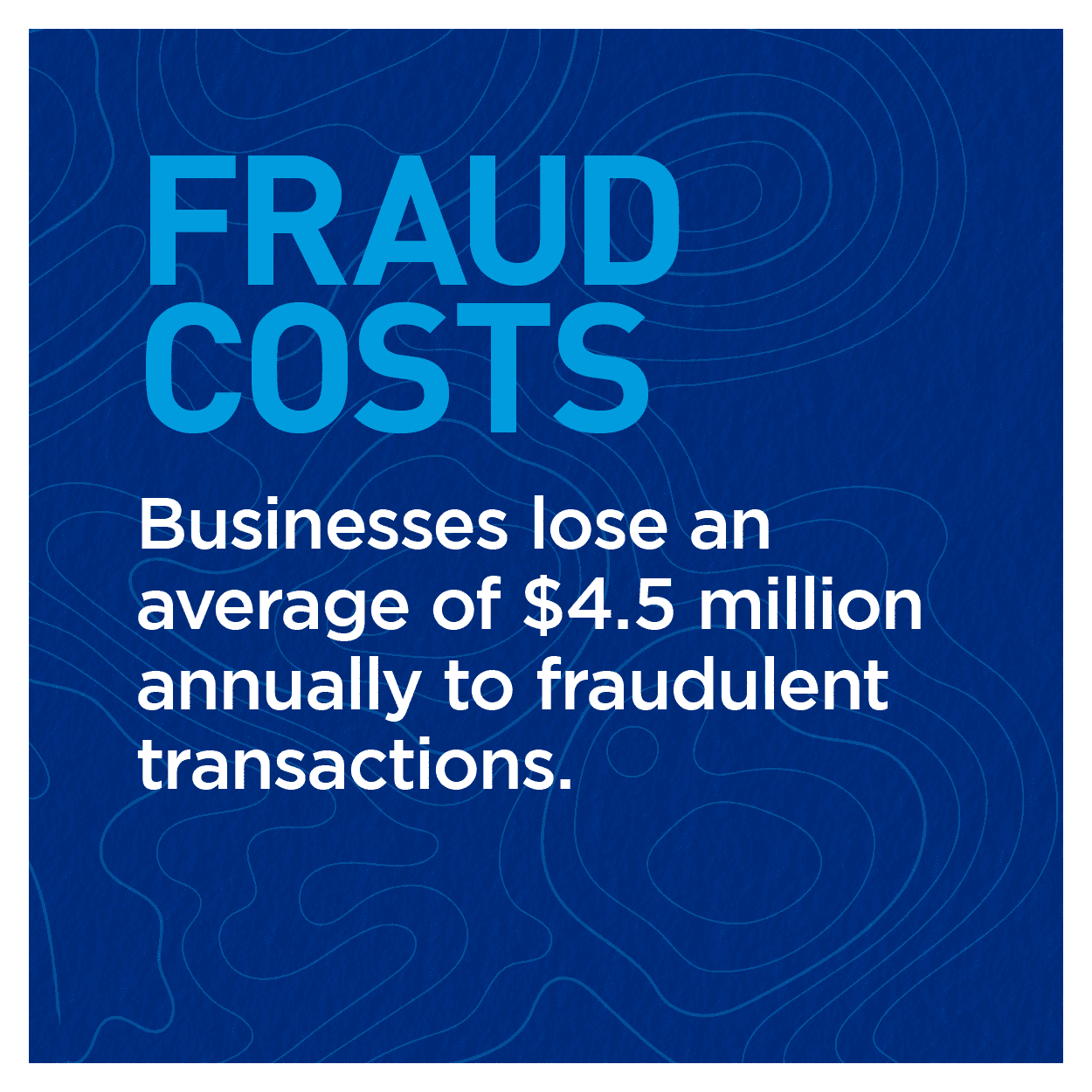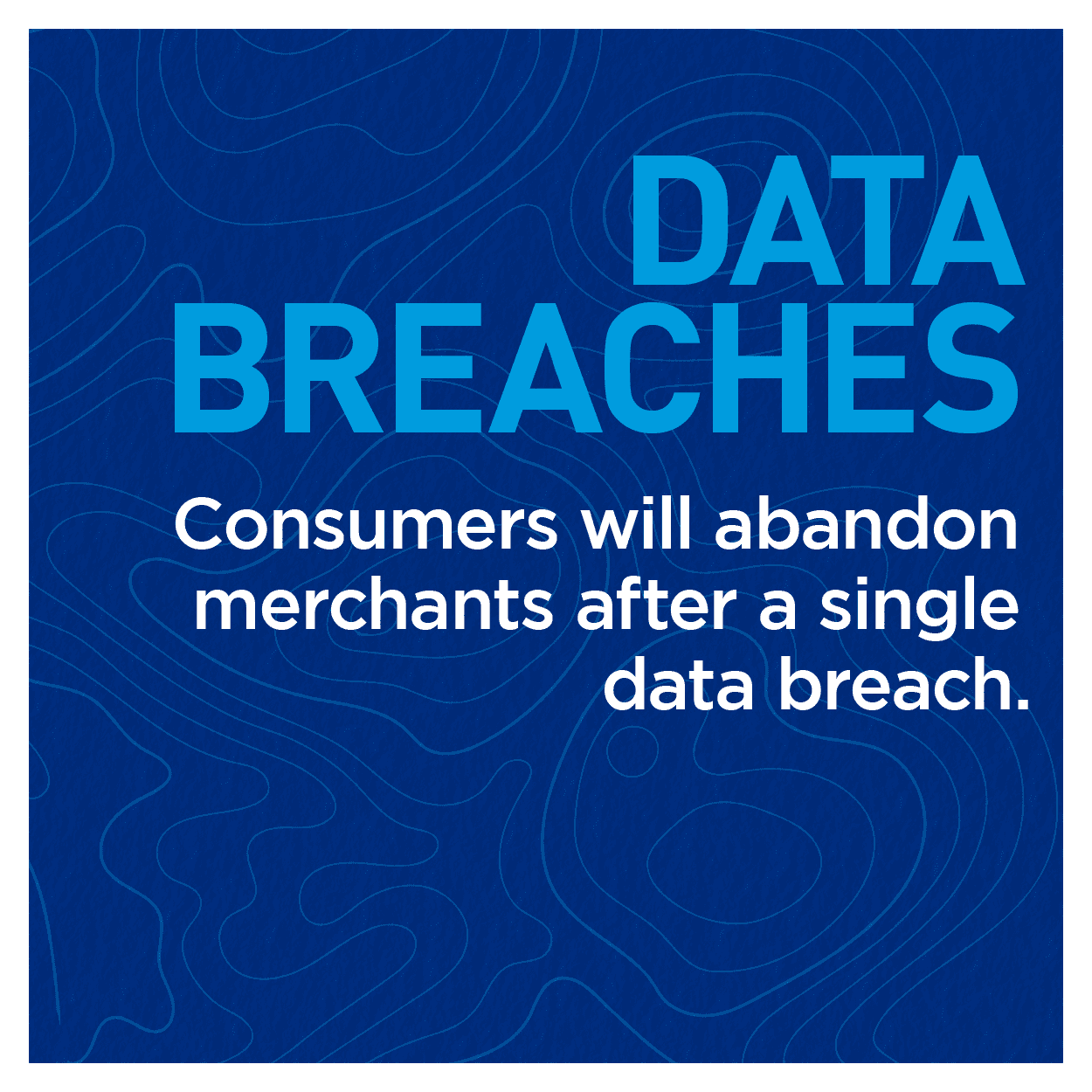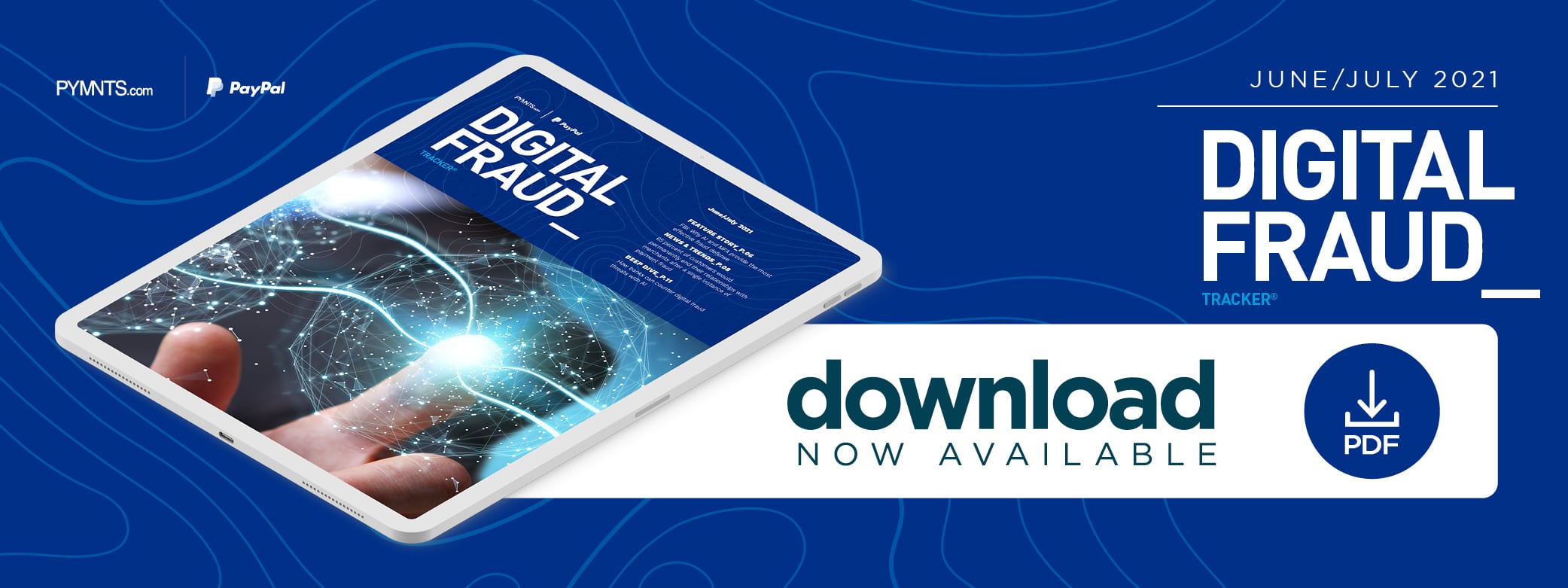FBI: Businesses Need AI to Curb Social Engineering, Phishing Fraud

Digital fraud has been a steadily growing issue over the past few decades, but it was kicked into overdrive during the past year due to record levels of digital engagement. Fraud attempts against businesses have increased by 46% since 2020, and this figure is only expected to increase as digital interactions continue to become the new normal and open new entry points for bad actors.
 Fraudsters are also getting smarter with their tactics, deploying smart technologies like artificial intelligence (AI) or machine learning (ML) to mass-deploy millions of attacks at once. Human analyst teams risk becoming overwhelmed by the sheer volume of threats, forcing businesses to resort to AI and ML tactics of their own.
Fraudsters are also getting smarter with their tactics, deploying smart technologies like artificial intelligence (AI) or machine learning (ML) to mass-deploy millions of attacks at once. Human analyst teams risk becoming overwhelmed by the sheer volume of threats, forcing businesses to resort to AI and ML tactics of their own.
In the June edition of the “Digital Fraud Tracker®,” PYMNTS explores the latest in the world of fraud prevention, including how fraudsters are targeting merchants with AI-aided cybercrime techniques, how businesses are deploying AI and ML-assisted protocols to level the playing field, and how multifactor authentication (MFA) can augment existing fraud prevention systems.
Developments From The Digital Fraud Space
Some of the industries most affected by fraud are retail, travel, hospitality and entertainment, with businesses in these sectors losing an average of nearly $5 million a year to fraudulent online transactions. Just 51% of businesses said they are prioritizing the protection of these transactions, however, and as a result of this security gap, 81% of analysts and senior leaders said their recent digital transformations have made them more vulnerable to fraud.
The only silver lining resulting from the increase in fraud attempts against businesses is greater fraud awareness among consumers.  A recent survey of consumers in the U.K. found that 68% of respondents were more concerned about fraud now than they were in 2020, and 19% had become first-time fraud victims in the past 12 months. Individuals between the ages of 18 and 34 were the most impacted, with 31% being victimized for the first time during this period.
A recent survey of consumers in the U.K. found that 68% of respondents were more concerned about fraud now than they were in 2020, and 19% had become first-time fraud victims in the past 12 months. Individuals between the ages of 18 and 34 were the most impacted, with 31% being victimized for the first time during this period.
Customers’ fraud awareness has made them less forgiving of security breaches, however. A recent study from PYMNTS found that 65% of eCommerce customers would permanently end their relationship with an online merchant after experiencing a data breach or an instance of payment fraud, in fact. Customers are also taking this risk of security breaches into account when picking businesses to patronize, with 37% saying they would pick providers that can reimburse them in the event of a theft.
For more on these and other digital fraud news items, download this month’s Tracker.
How Multilayered AI And MFA Solutions Can Help Curb Digital Fraud
The ongoing pandemic has resulted in a feast for fraudsters as digital engagement among consumers reached new highs, providing entry points for bad actors. There are a staggering variety of tactics available to fraudsters, but tried-and-true methods like social engineering and phishing techniques are still some of the most popular — and damaging.
In this month’s Feature Story, PYMNTS talked with Enrique Alvarez, special agent for Federal Bureau of Investigation’s cyber branch, about how merchants and businesses can deploy AI and MFA in the most effective manner to keep their remote employees safe.
Deep Dive: Protecting Banks Against Fraud With The Use Of AI, Machine Learning
The financial world is no stranger to fraud, with billions of dollars lost every year to account takeovers (ATOs), phishing attacks and other schemes. Fraudsters are beginning to deploy smart technologies like AI in their attacks, and banks will need to fight fire with fire to meet this new threat.
In this month’s Deep Dive, PYMNTS explores how fraudsters target financial institutions (FIs), and how these FIs are leveraging AI and ML-based defenses of their own to fight back.
About The Tracker
The PYMNTS “Digital Fraud Tracker®,” done in collaboration with and supported by PayPal, is your go-to monthly resource for updates on trends and changes in digital fraud prevention.


